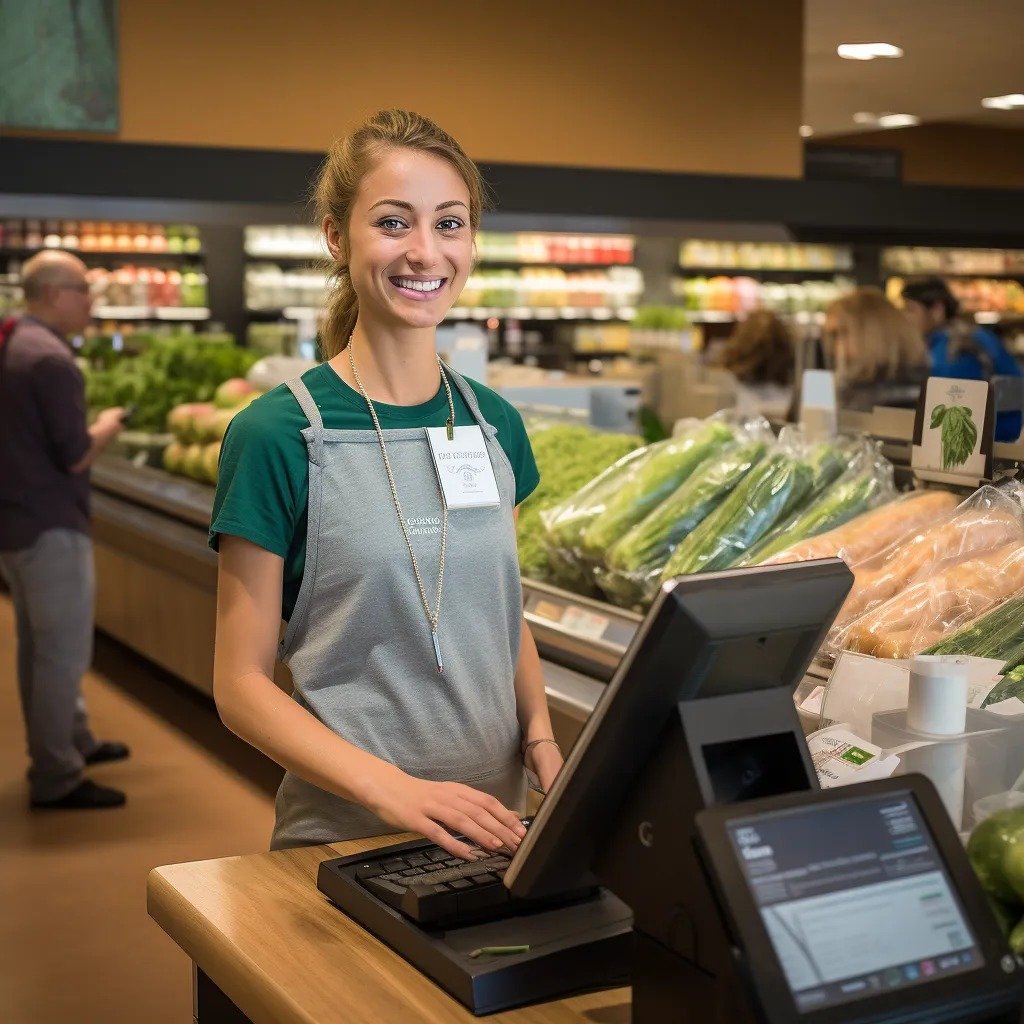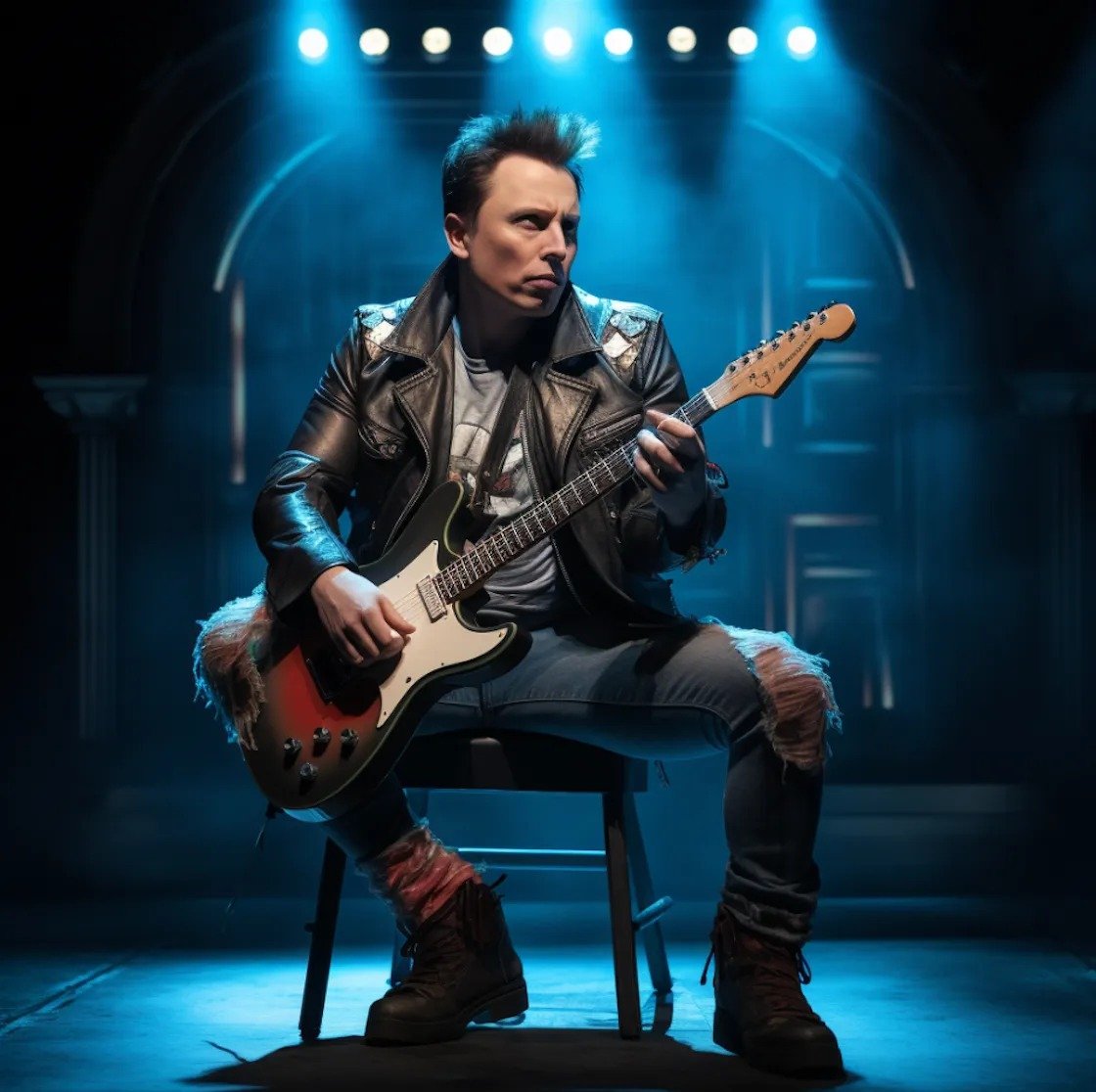Going Back to The Future With Elon Musk
GREG KAHN
JUL 26, 2023
Designed by Midjourney
Consider your most regularly used devices or platforms over the past decade. If you could take control of them to redesign any of them for right now, what would it look like?
Would you expand or narrow the use case while trying to keep the brand’s core intact? Would you completely change the business model? How would you handle the instant backlash from the property’s most loyal fans?
Would you go back and take an historically established product and remake it for the future instead of staying the course?
Those are the questions that Elon Musk faced when his much-debated rebranding of Twitter into X came to fruition this past week. In a vastly different and less consequential situation, I too faced those same questions last weekend.
I took my son to see the Broadway production of the 1989 Michael J. Fox classic, Back to The Future. The performances (especially Doc and George McFly) were fantastic. The tech production was top notch.
But before we entered the theater, I was slightly irritated by something unrelated to the staging: I had to print out tickets so we could enter the show.
Emerging Tech’s Slow Pace
No, not much of a hardship. But it was just another reminder of the sluggish pace of digital transformation among most businesses, from entertainment to retail to travel to smart cities to entertainment. (The last point is driven home by Hollywood’s “Double Strike,” as writers and actors fight the studios over a business model that needed to adapt to changing media consumption years ago. Perhaps save that for another post.)
Still, there are bright spots of emerging tech that can be adopted more widely.
Designed by Midjourney
For example, Amazon is expanding its palm-scanning technology, dubbed Amazon One, to over 500 Whole Foods stores across the U.S. by the end of this year. The service allows Amazon customers to tie their account and payment information to their palm print. By hovering their palm over an Amazon One scanner at checkout, the payment is automatically charged to the linked Amazon account. This technology aims to offer a convenient and contactless payment method for Whole Foods shoppers.
It’s not for everyone. But I and many others would love the option to avoid the traditionally cumbersome payment process. And if my biometric identification with Clear can work to get me through the airport more quickly, why couldn’t I do the same thing when attending a Broadway show?
This Is Why We Can’t Have Seamless Things?
Whether you love or loathe Musk, whether you feel his abandonment of a decade of valuable brand equity is brilliant or wrongheaded, his aim to create a super “Everything App” to challenge China’s WeChat is inspiring.
Yes, Meta tried to build up its Messenger app into a WeChat challenger by promising consumers would accept its communications tool as a hub for digital payments, banking, and e-commerce, along with video chatting, providing media content, gaming, food delivery, and anything else that can be done interactively. But the efforts were impeded by so many other Meta distractions, so the idea fizzled.
There are crucial differences in Meta’s Mark Zuckerberg and Musk that make me believe in the latter’s ability to succeed where the former didn’t.
Musk is preparing his own generative artificial challenge to ChatGPT. I would expect an AI tool would be part of X’s offerings, making X’s Swiss Army Knife of technology tools truly powerful.
Now, if only it would play on Broadway.
Designed by Midjourney
Thank you for reading Beyond the Hype Cycle?.
This post is public so feel free to share it.
Greg Kahn
GK Digital Ventures
Greg Kahn is a catalytic force in the technology, media and entertainment industries, renowned for connecting innovators with investors, growing brands and driving billions of dollars in transactional deals. Learn More >




